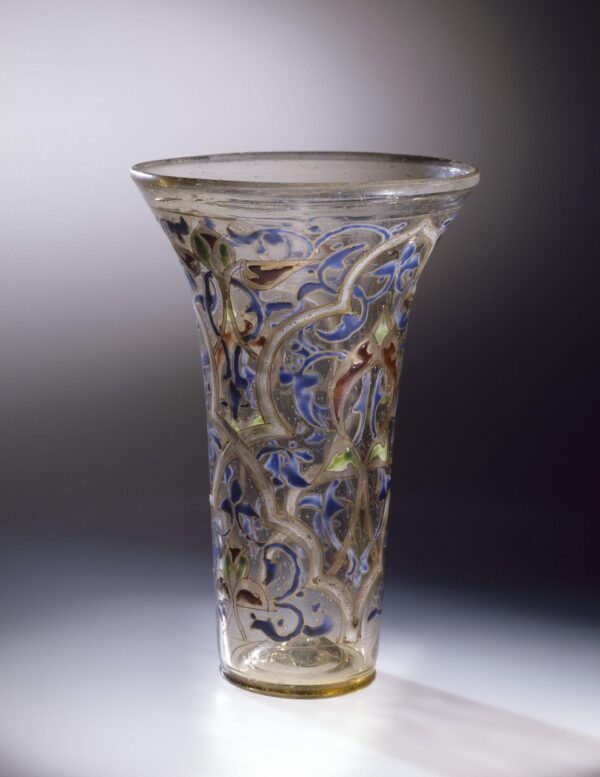What was English about art and architecture in medieval England, and how has Englishness been constructed? Following a broadly chronological arc from the Norman Conquest in the eleventh century to Henry VIII’s break with Rome in the sixteenth, this course examines English material culture and its relationship to art in Europe and beyond.
There is a strong emphasis on seeing objects and buildings in person, and we take advantage of our location to visit major monuments in London such as Westminster Abbey and Temple Church, as well as the collections of the British Museum and Victoria & Albert Museum. But we also travel further afield to sites such as Cambridge, or Ely and Canterbury cathedrals. Approximately 50% of the course focuses on architecture, from the great Norman abbeys through to Gothic cathedrals, Cotswold wool churches, and the earliest Renaissance buildings in England. But we also examine textiles, metalwork, jewellery, sculpture, tombs, manuscripts, wall painting, and stained glass. Objects of study include, for example, the Bayeux Tapestry and Opus anglicanum, the Grandisson ivories and the tombs of Richard II and Anne of Bohemia in Westminster Abbey, the Hereford mappamundi, wall paintings at Winchester cathedral and St Stephen’s chapel, and the stained glass windows of Canterbury cathedral and King’s College Chapel, Cambridge.
Throughout we are attentive to patrons, artists and users, exploring the patronage of monastic orders and the papal court, the formation of international pilgrimage cults, networks of royal and elite families, itinerant craftsmen and objects, and the trade in wool and precious materials. We thereby locate patrons, objects and buildings in local, national and international contexts that stretch beyond the borders of Europe to Jerusalem, Afghanistan, Chinia and West Africa. We also consider relationships between art, architecture and the environment, and look closely at the texts, events and people that have constructed narratives of English artistic identity, from 12th-century chronicles through to 18th-century antiquarian studies, exhibitions in the 20th century, and the politics of Brexit.
There is strong attention to skills training throughout the course, so that students learn how to analyse numerous types of medieval objects, buildings and texts, and to write up and communicate their research findings in different formats. In our site visits we consider aspects of heritage management, while museum visits and the Virtual Exhibition exercise offer entry into the world of curating. In London, students benefit from access to world-class libraries and unparalleled collections of manuscripts, archives and antiquarian materials at The Courtauld (including the photographic collections of the Conway and Witt Libraries), The Warburg Institute, The British Library, The National Archives at Kew, and The Library of the Society of Antiquaries, as well as many other institutions and archives in London and beyond. Research events at The Courtauld, Institute of Historical Research and elsewhere offer occasions for students to meet and hear from leading scholars and curators in the field.
Course leader: Dr Tom Nickson
In the event that a course leader is on sabbatical, takes up a fellowship, or otherwise is not able to teach the course, they will be replaced by another experienced course leader either for a semester or, in some cases, the academic year.
Please note: whilst many Special Options will include site visits within the UK and further afield, these are subject to confirmation.




